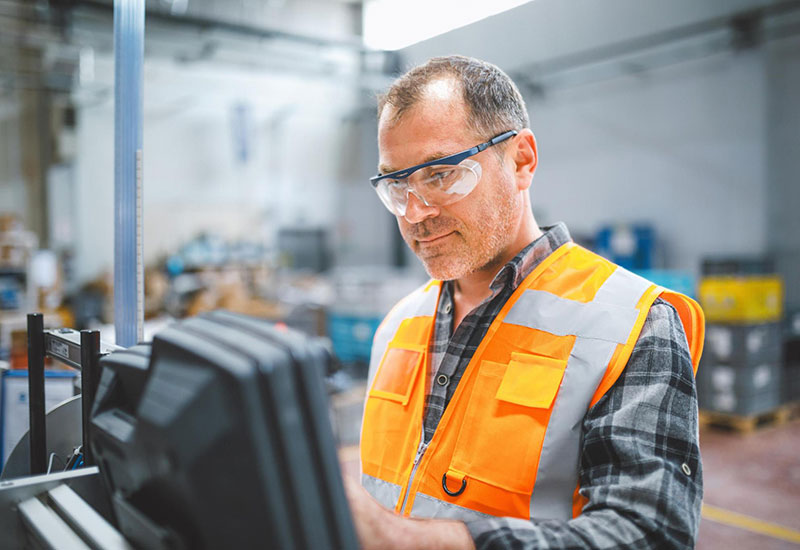
5 Ways to Boost Safety Standards in Light Industrial Workspaces
In an environment where activities range from warehousing and manufacturing to food production, maintaining a safe and healthy worksite is a regulatory mandate and a moral imperative benefiting your light industrial workforce and the public.
Your emphasis on safety standards likely increases when you welcome new temporary or seasonal employees assigned by your workforce manager to your site. A robust safety standard becomes exponentially more crucial.
Please keep reading to discover our top five actionable strategies to enhance safety at your light industrial manufacturing worksite.
Offer Comprehensive Safety Training
Ensure that every employee undergoes detailed safety training according to their specific role. Incorporate multimedia tools, hands-on exercises, and regular refreshers. With a workforce solutions manager in your corner, you can rely on free training opportunities to keep safety protocols fresh in everyone’s mind. Engage employees using interactive training modules and real-world scenarios highlighting the importance of safety in daily operations.
Conduct Regular Safety Audits
Conduct thorough and regular safety audits to identify potential hazards and non-compliance issues that would prove costly if left unchecked. Use the audits to engage employees, understand their concerns, and improve safety measures. Audit results should be transparent and lead to immediate action to remedy any issues uncovered.
Provide Quality Personal Protective Equipment
Invest in high-quality personal protective equipment (PPE) that meets or exceeds industry standards. Train staff on the correct use of PPE and ensure it is always readily available. Regular checks for wear and tear and a straightforward replacement process are vital to ongoing protection for your team.
Focus on Ergonomics and Workspace Design
Integrating ergonomics into your light industrial workspace is about creating a work environment that adapts to the physical needs of your employees, thereby improving their safety, comfort, and productivity. By fitting the approach and tools for managing tasks to benefit your workforce rather than forcing the workers to fit into a rigid and potentially harmful work environment, you can optimize lean processes, enhance quality control, ensure employee well-being, and increase productivity and profitability.
Develop a Culture of Safety
Foster an environment where safety is everyone's responsibility. Encourage employees to report hazards without fear of negative consequences. Take it further and celebrate successes in improving safety. Continuous dialogue, shared responsibilities, and positive reinforcement can help cultivate a strong safety culture.
Additional Resources
- https://www.bostontec.com/integrate-ergonomics-in-manufacturing-with-lean-processes/
- https://www.concentra.com/resource-center/articles/10-simple-steps-to-improve-workplace-safety/
- https://www.yourgosource.com/2020/08/07/6-ways-to-improve-workplace-safety-for-your-light-industrial-employees/
- https://naspweb.com/blog/how-to-conduct-a-safety-audit/
- https://www.hcinspectors.com/warehouse-and-light-industrial-inspection/
- https://duramarktechnologies.com/manufacturing-safety-and-compliance/
